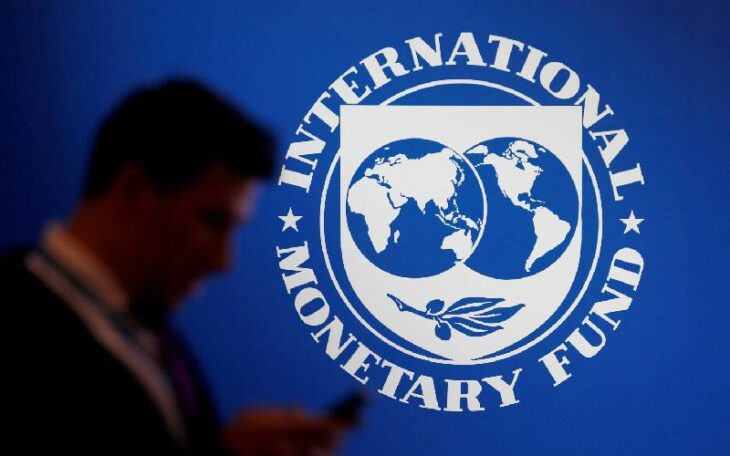NAIROBI, Kenya, Dec 20 – Kenya received a boost with the disbursement of Sh55.1 billion worth of Special Drawing Rights (SDRs) by the International Monetary Fund (IMF) on Monday, December 19.
The board’s decision will enable immediate disbursement of SDR336.54 million (about $447.39 million or Sh55.1 billion) usable for budget support, including an augmentation under the ECF arrangement of SDR162.34 million (30 per cent of quota, about $215.81 million or Sh26.6 billion)
This brings Kenya’s cumulative disbursements under the EFF/ECF arrangements to about $1.655.59 million (about Sh203.8 billion).
The move follows the completion of the fourth review of the 38-month arrangements by the IMF board, under the Extended Credit Facility (ECF) and the Extended Fund Facility (EFF) arrangements.
With the augmentation, the total amount under the EFF/ECF arrangements rises to SDR 1.818 billion (about $2.416 billion or Sh297.5 billion).
The arrangements approved in April 2021 aim to support Kenya’s program to address debt vulnerabilities, the authorities’ response to the Covid-19 pandemic and global shocks, and to enhance governance and broader economic reforms.
The SDRs refer to interest-bearing international reserve assets that the multilateral lender uses to supplement other reserve assets by member countries.
As of Monday, one SDR was equivalent to $1.3293 (Sh163.70).
The country can however decide to hold the SDRs as part of its foreign exchange reserves, a move that will boost the weakening account.
IMF said Kenya’s economy remains resilient against a challenging global backdrop and is projected to grow 5.3 per cent in 2022.
Even so, inflation moved above the Central Bank of Kenya’s (CBK) target band in June and is expected to peak in early 2023.
Despite double-digit export growth, the current account is expected to widen on higher global oil prices in 2022.
Downside risks predominate in the near term, while Kenya’s medium-term outlook remains favorable although climate-related risks are elevated, IMF said.
With progress on fiscal consolidation, public debt has begun leveling off.
Taxes performed strongly in the financial year 2021-22, while spending was compressed on shortfalls in external commercial financing, leading to an overperformance of 1.7 per cent of GDP in the primary deficit.
Obligations carried over from the last fiscal year and an increase in unbudgeted spending in the early financial year 2022-23 increased pressures on the budget.
The CBK has raised policy rates by a cumulative 175 basis points in 2022.
The shilling has continued to depreciate against the US dollar while the dollar strengthened globally, and liquidity has declined in the interbank forex market.
A lower projected path of forex reserves reflects financing shortfalls last fiscal year and planned cuts in foreign-financed projects during the financial year 2022-23.
IMF remains confident that Kenya’s structural reform agenda is advancing, albeit with some delays.
Progress made includes in the areas of governance and transparency where authorities have completed and published audits of Covid-19 vaccine spending.
Want to send us a story? Contact Shahidi News Tel: +254115512797 (Mobile & WhatsApp)


